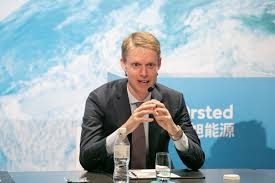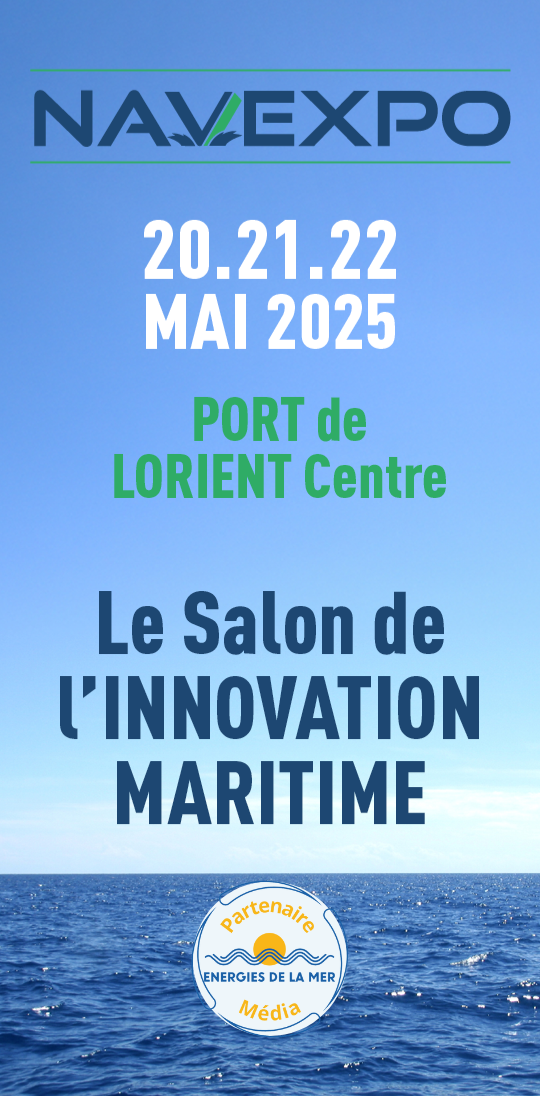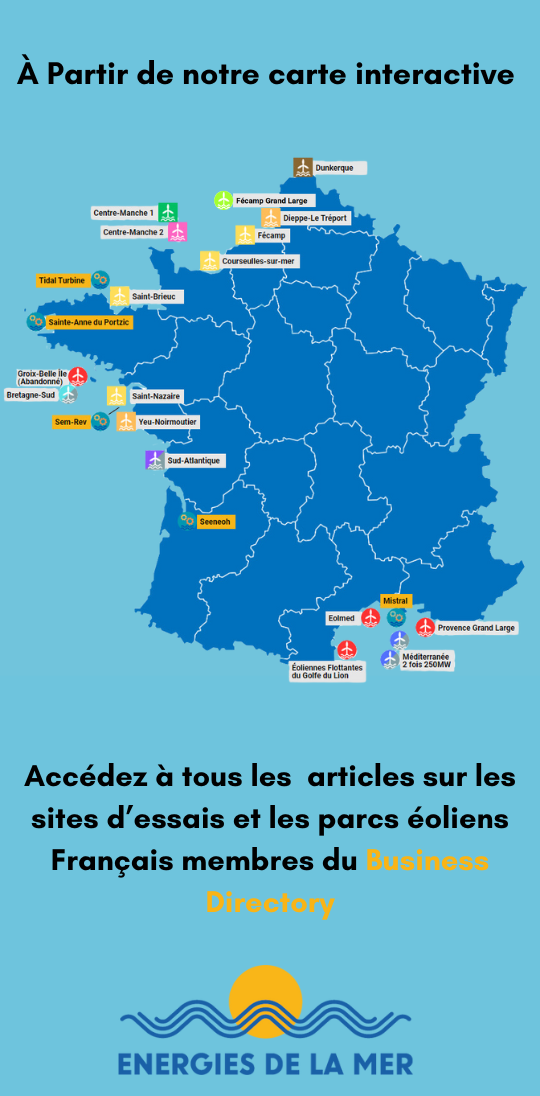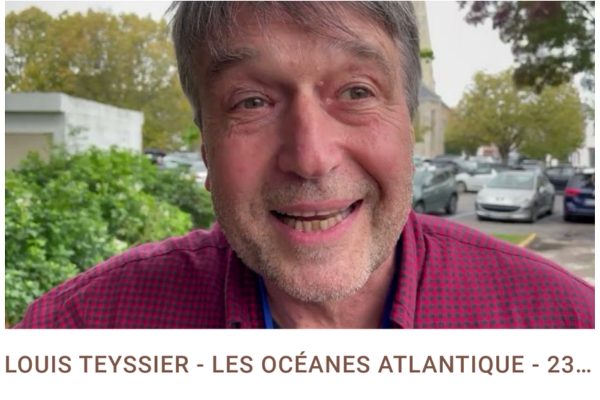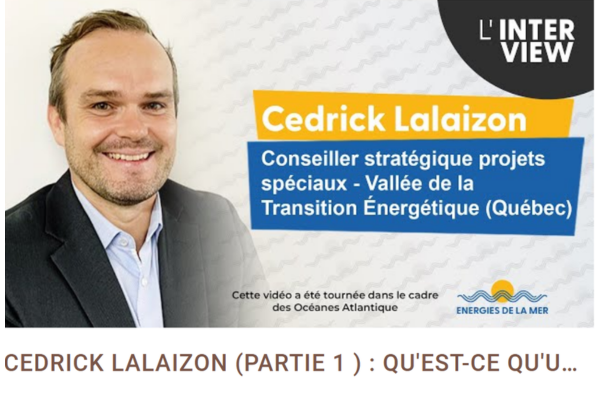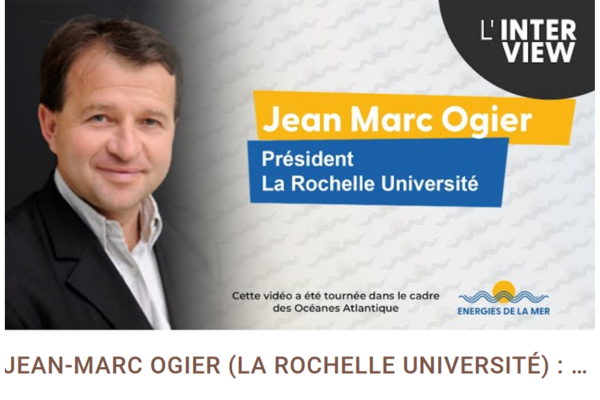Wednesday 30/01/2019. energiesdelamer.eu. Annual report 2018: All-time high results and strategic progress.
Source : Ørsted
The Board of Directors of Ørsted approved the annual report for 2018. We achieved an all-time-high operating profit (EBITDA) of DKK 30.0 billion, up 33% compared to 2017. EBITDA without new partnerships increased by 18% to DKK 15.0 billion, thus significantly exceeding our expectations at the beginning of the year as well as our most recent guidance of DKK 13-14 billion. The increase compared to the latter was mainly due to higher achieved Renewable Obligation Certificates (ROC) recycle values, lower than expected costs, and better than expected progress on Borkum Riffgrund 2 resulting in higher partnership gains and faster ramp-up of generation.
Earnings from offshore wind farms in operation increased by 29% to DKK 11.0 billion in 2018, primarily due to ramp-up at Walney Extension, Race Bank and Borkum Riffgrund 2.
We completed the farm-down of Hornsea 1, one of the largest renewable energy M&A transactions ever. Total EBITDA from the transaction amounted to DKK 15.1 billion in 2018.
Return on capital employed (ROCE) increased to 32% compared to 25% in 2017.
Net profit amounted to DKK 19.5 billion, our best result ever. This was an increase of DKK 6.2 billion compared to 2017.
The Board of Directors recommends a dividend of DKK 9.75 per share (DKK 4.1 billion in total), up 8.3% and in line with our dividend policy.
We increased our share of renewable energy in our generation mix from 64% to 75% in 2018. This was driven by ramp-up and commissioning of new offshore wind farms in the UK and Germany, the acquisition of Lincoln Clean Energy (LCE) and increased generation based on biomass at the Avedøre and Skærbæk power stations. We are well on track to meet our objective of reaching 99% green generation by 2025.
CEO and President Henrik Poulsen says in a comment to the annual report:
“2018 was a great year for Ørsted. We delivered our best financial result ever and continued our deployment of green energy, reaching 75% green energy in our heat and power generation. On a global scale, renewable energy will grow rapidly in the years to come. We are well positioned to take part in this significant growth.
In 2018, we reached significant milestones in our ambitious green strategy. In the UK, we commissioned Race Bank in January and Walney Extension, the world’s largest offshore wind farm, in May, and in Germany, we commissioned Borkum Riffgrund 2 in December. All were commissioned ahead of schedule, underpinning the strength of our construction capability.
To strengthen our US offshore wind platform, we acquired Deepwater Wind at an enterprise value of DKK 4.7 billion in November. Deepwater Wind is the leading US-based offshore wind developer with an attractive and geographically diverse portfolio of projects along the US East Coast.
Furthermore, we entered into the US onshore wind market, when we acquired Lincoln Clean Energy (LCE) at an enterprise value of DKK 5.6 billion in October. LCE is a US-based developer, owner and operator of onshore wind farms and the foundation of our new onshore business, which will be a growth platform and provide strategic diversification to Ørsted’s portfolio.
By the end of 2018, our portfolio consisted of 12GW of offshore and onshore wind farms and biomass-fired combined heat and power plants that are either in production, under construction or have obtained final investment decision (FID). Furthermore, we have projects with a capacity of 4.8GW for which we have been awarded the construction concessions or entered into offtake agreements, but are yet to make FID. In addition, we have a strong pipeline of projects under development. Towards 2030, it is our strategic ambition to reach an installed capacity of more than 30GW renewable energy, provided that the build-out creates value for our shareholders. Contributing to this ambition, we raised our 2025 ambition for offshore wind from 11-12GW to 15GW.
On 30 January 2019, the 2019 feed-in tariff was announced. We take note of the 6% tariff reduction compared to the 2018 tariff as well as the introduction of a cap on annual full-load hours, and we will now collaborate closely with the supply chain to mitigate the adverse impact of these PPA changes with the objective of making the projects investable. Greater Changhua 1 & 2a are facing extraordinarily high costs related to creating a local supply chain at scale, reinforcing the onshore grid infrastructure and building, operating and maintaining offshore wind farms in challenging site and weather conditions. We continue to work with the Taiwanese authorities and local stakeholders to reach key outstanding project milestones, such as obtaining the establishment permit, completing the supply chain plan and signing the power purchase agreement. Once we have clarity on the outcome of supply contract renegotiations and have achieved all key project milestones, Ørsted’s Board of Directors will review and decide on the final investment case.
In June 2018, we announced our plans to divest our Danish power distribution and residential customer businesses. The process came to a stop in January when our majority shareholder, the Danish state, informed us that there was no longer the required political support. It is still the Board of Directors’ assessment that Ørsted is not the best long-term owner of these businesses. Consequently, we have classified the businesses as assets held for sale and continue to investigate different options for exiting them. We expect an exit from all of these businesses during 2019.”
Financial key figures for Q4 and 2018:
Outlook 2019
EBITDA (business performance) is expected to be DKK 15.5-16.5 billion in 2019 compared with DKK 15.0 billion in 2018 (excluding new partnership agreements), corresponding to an increase of 4-10%.
Gross investments for 2019 are expected to amount to DKK 21-23 billion, reflecting a high level of activity related to offshore and onshore wind farm projects.
Publicités Google :

